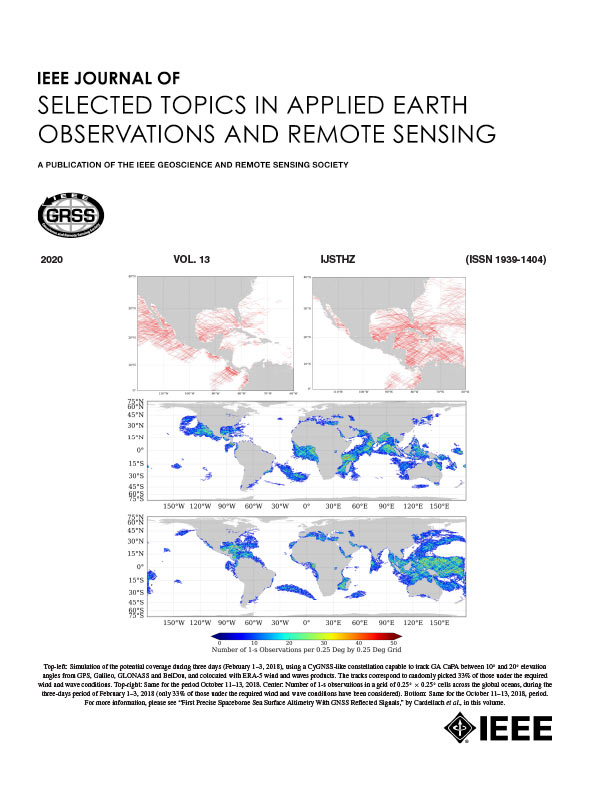Super-Resolution AI-Based Approach for Extracting Agricultural Cadastral Maps: Form and Content Validation
IF 4.7
2区 地球科学
Q1 ENGINEERING, ELECTRICAL & ELECTRONIC
IEEE Journal of Selected Topics in Applied Earth Observations and Remote Sensing
Pub Date : 2025-01-16
DOI:10.1109/JSTARS.2025.3530714
引用次数: 0
Abstract
Updating and digitizing cadastral maps remains a major challenge in land administration, demanding significant financial and human resources. This study presents a fully automated AI-based system to address this issue, focusing on the extraction and digitization of agricultural cadastral maps using photogrammetric images. The proposed method leverages the segment anything model for high-accuracy segmentation, achieving a notable intersection over union score of 92%, significantly outperforming traditional approaches. In addition, the system reduces processing time by 40% and eliminates the need for manual intervention, enabling scalable, efficient digitization. These improvements are critical for better land-use planning, resource allocation, and sustainable land management practices. The model, implemented using open-source Python libraries, integrates three stages: image preprocessing, AI-based segmentation, and postprocessing. By automating these processes, the system not only accelerates map production but also reduces environmental impacts associated with traditional mapping techniques. The approach also enhances the accuracy of agricultural boundary delineation, offering benefits for land dispute resolution and optimized agricultural practices. This research contributes to the modernization of land administration systems by providing an accessible, scalable solution for surveyors and policymakers. It bridges the gap between cutting-edge artificial intelligence advancements and practical applications, addressing technical and operational challenges in geospatial data management. The findings underscore the importance of automating cadastral mapping for both economic efficiency and environmental sustainability.求助全文
约1分钟内获得全文
求助全文
来源期刊
CiteScore
9.30
自引率
10.90%
发文量
563
审稿时长
4.7 months
期刊介绍:
The IEEE Journal of Selected Topics in Applied Earth Observations and Remote Sensing addresses the growing field of applications in Earth observations and remote sensing, and also provides a venue for the rapidly expanding special issues that are being sponsored by the IEEE Geosciences and Remote Sensing Society. The journal draws upon the experience of the highly successful “IEEE Transactions on Geoscience and Remote Sensing” and provide a complementary medium for the wide range of topics in applied earth observations. The ‘Applications’ areas encompasses the societal benefit areas of the Global Earth Observations Systems of Systems (GEOSS) program. Through deliberations over two years, ministers from 50 countries agreed to identify nine areas where Earth observation could positively impact the quality of life and health of their respective countries. Some of these are areas not traditionally addressed in the IEEE context. These include biodiversity, health and climate. Yet it is the skill sets of IEEE members, in areas such as observations, communications, computers, signal processing, standards and ocean engineering, that form the technical underpinnings of GEOSS. Thus, the Journal attracts a broad range of interests that serves both present members in new ways and expands the IEEE visibility into new areas.

 求助内容:
求助内容: 应助结果提醒方式:
应助结果提醒方式:


